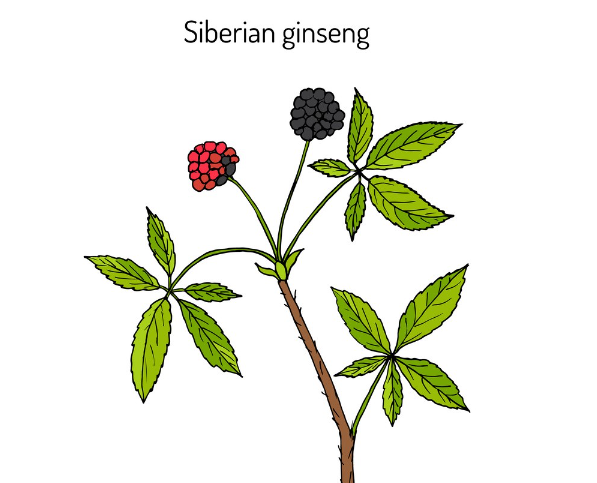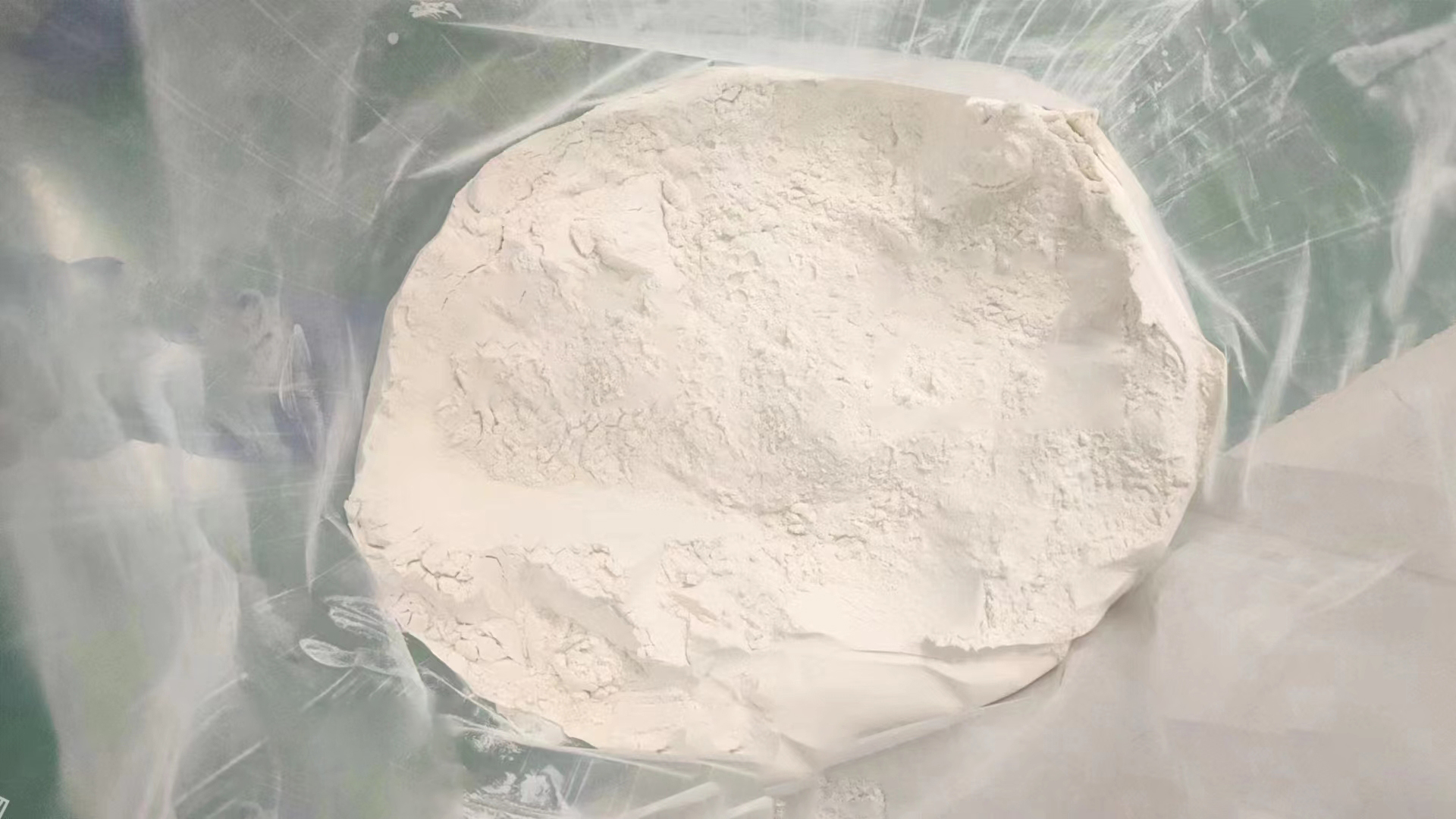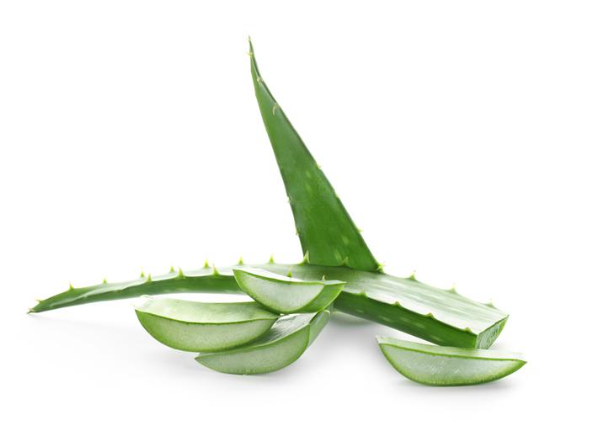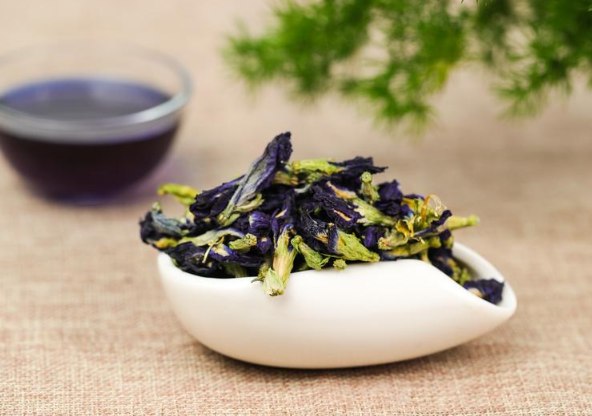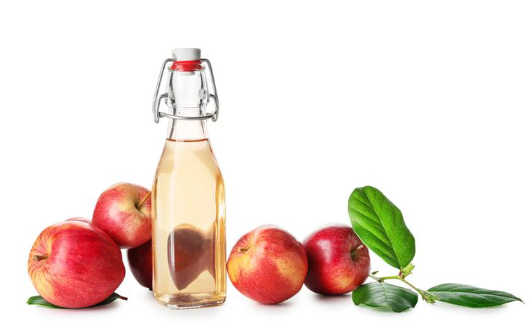The main antioxidant components in rosemary extract are carnosic acid, carnosol and rosmarinic acid, and carnosic acid and carnosol account for 90% of the antioxidant properties of rosemary extract Among them, carnosic acid is the active ingredient with the strongest antioxidant capacity and the highest content. Carnosic acid and carnosol are oil-soluble and have a significant effect on preventing oil oxidation.
In 1994, rosemary extract passed the GRAS certification of the US Food and Drug Administration (FDA), and was considered a natural antioxidant that had no safety risk and could be recommended for use; in 2010, the EU Food Safety Commission approved rosemary extract as safe and effective of antioxidants. At the end of 2018, Australia approved rosemary extract as a food additive antioxidant. Now, developed countries and regions such as Japan and the European Union have used rosemary extract in edible vegetable oil and oil-rich foods.
Rosemary extract is a high-efficiency high-temperature-resistant natural antioxidant, and it is also the third-generation edible natural antioxidant recognized in contemporary times. Rosemary extract has good antioxidant activity, and its antioxidant capacity is 2 to 4 times that of synthetic antioxidants Butyl hydroxyanisole (BHA) and Butylated hydroxytoluene (Butylated hydroxytoluene, BHT). 1~2 times of polyphenols, better than vitamin E, equivalent to TBHQ's antioxidant effect, and natural non-toxic, high-efficiency and high temperature resistance, the highest can withstand 240 ℃, overcome the instability of most natural antioxidants in high temperature Weakness, especially suitable as an antioxidant for thermal processing oils.
Rosemary extract is a lipophilic antioxidant that can scavenge singlet oxygen, hydroxyl radicals, and lipid peroxyl radicals, thereby preventing lipid peroxidation and biofilm rupture. Because there are two hydroxyl groups in the ortho position on the benzene ring of the main component of rosemary extract, which is conducive to the formation of a semiquinone structure after the oxidation reaction, forming a single electron to form a large π bond with the benzene ring through the resonance effect, and the semiquinone structure More stable, if another hydroxyl group is also oxidized, a more stable quinone structure will be formed. Therefore, rosemary extract has high antioxidant capacity. Rosemary extract also contains a large amount of terpenoids, phenolic hydroxyl groups, and unsaturated double bonds, which can effectively capture free radicals and inhibit the oxidation of vegetable oils. Some of the diterpenes have a stable structure and are not easy to volatilize and decompose in a high temperature environment. Therefore, rosemary extract not only has good antioxidant activity in edible vegetable oil, but also has high thermal stability.






